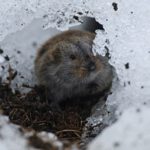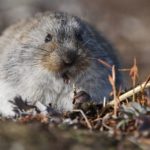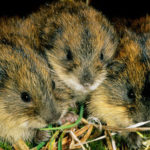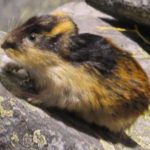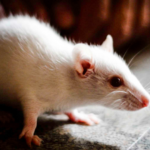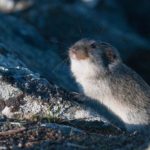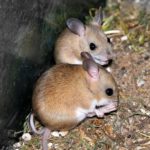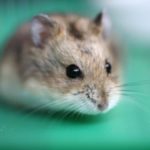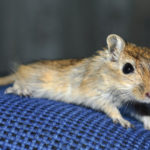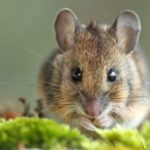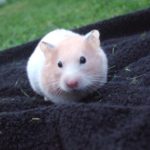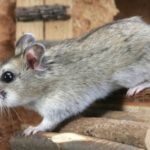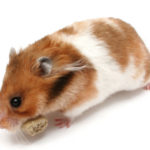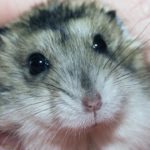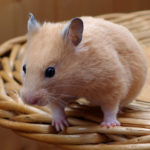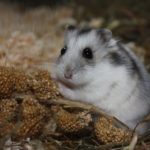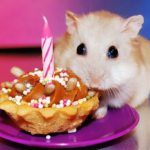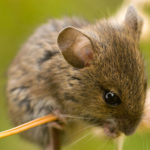Lemmings – information
 Lemmings are small rodent mice, famous for their unprecedented fertility and amazing migrations. Lemmings belong to the family of hamsters and are systematically close to voles and hamsters, but with mice they have a more distant relationship. Total allocate 4-8 species of these rodents.
Lemmings are small rodent mice, famous for their unprecedented fertility and amazing migrations. Lemmings belong to the family of hamsters and are systematically close to voles and hamsters, but with mice they have a more distant relationship. Total allocate 4-8 species of these rodents.
Lemmings are small animals, but still much larger than mice, their body length is 12-18 cm, tail is short – only 1-2 cm. They are very similar to all known hamsters by constitution: small eye-beads, short sensitive vibrissae (“whiskers” ) and the same short legs. In hoofed lemmings, the claws on the legs grow larger and wider in winter, and they are also bifurcated at the ends – hence the name “ungulate”. The wool of lemmings is short, their fur has no value. Coloring in different species varies from gray to brown.
Lemmings live exclusively in the cold latitudes of the Northern Hemisphere. Ungulate lemmings are circumpolar, that is, its range encompasses the north pole, while the remaining species occupy certain areas of the tundra. For example, the Norwegian lemming occurs only on the Scandinavian and Kola Peninsula, Siberian lives in the tundra from the Northern Dvina to Eastern Siberia, the Amur Lemming occurs exclusively in Eastern Siberia, and the brown lemming occurs only in Alaska and northern Canada. Like all rodents, lemmings live alone, meeting each other only for mating, which, however, happens often. They are active almost round the clock.
Most of the time lemmings live settled, occupying certain parts of the tundra. Each animal on its site digs a hole in the upper layer thawed from the permafrost, sometimes lemmings make half-open nests of twigs and moss in the deepening of the soil. From the hole in all directions there are tiny paths traversed by the beast. Lemmings prefer to move along such paths and completely eat out the greens around them, in winter they also adhere to these summer paths, breaking through the passages under the snow. For the winter, lemmings do not hibernate.
